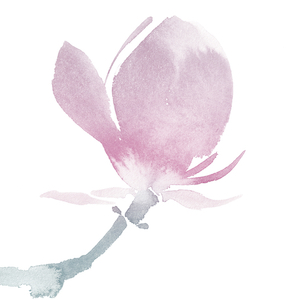Pixellated
By Smriti Agrahari
To reveal or not to reveal? From the doodles on the walls in a public space to the controversial artworks exhibited in museums worldwide. We look and learn from artworks but what happens when the powers that be think we shouldn’t see what an artist has created? Despite censorship, the artists and curators continue to be at the forefront of the dangerous but necessary work of driving awareness and social change. Think of Frederic William Macmonnies’s Bacchante and Infant Faun, Liberty Leading the People is a painting by Eugène Delacroix, The Spear by Brett Marley are a few names among the numerous censored artworks in the history of art. Freedom of speech and creativity continued to face threats from time to time, read more about what we can see clearly or not in Pixellated.

Travelling back to the 1890s, Frederic Williams carved the most controversial sculpture in the USA, Bacchante and Infant Faun The much-debated bronze nude created a perception of provocation in society during an era when nudity was not common to see and caused outcry citing its perceived “drunken indecency”.

In 1831 Delacroix, combined realism and idealism by his characteristically expressive brushwork which was contrasting to his contemporaries. The painting Liberty Leading the People dividedly opinionated the painting as heroic or distasteful. A half-nude female figure dominates the monumental image as she charges forward, a crowd of determined revolutionists in her wake. She is a personification of liberty, a classical symbol used throughout the history of art. Sio nudity meets politics in this controversial artwork.

In much for near history the artwork, The Spear by artist, Brett Murray depicts former South African President Jacob Zuma in a pose reminiscent of Lenin with his genitals exposed. The painting triggered a defamation lawsuit by Zuma’s party and created a great deal of recent controversy in 2012.
All the above images it is clear to see, have had multiple viewpoints, as to whether they are inflammatory or not, whether they should be seen clearly in public or not.
In a similar but different trajectory is, artist Nick Smith to believes in not giving a direct image of the art form to viewers. Instead, he uses the method of word-colour association, self-coined “psycolourgy” as described by him to express his definition of art. Smith’s work is an ode to American design, contemporary art and pop culture. He uses the colour chip to create the mosaic of the images.
His influences are derived from the modernist and pop artworks. On the surface, these colour chips playfully pixelate the familiar images depicted but if you take a closer look, each pixel corresponds to a word, creating either complimentary or subversive meanings and therefore narrating the artist’s psyche during his creative process.

Nick Smith’s new exhibition Pioneers opens at Rhodes Contemporary from 22nd October to 28th November 2020
If you enjoyed reading Pixellated please do read 5of100






